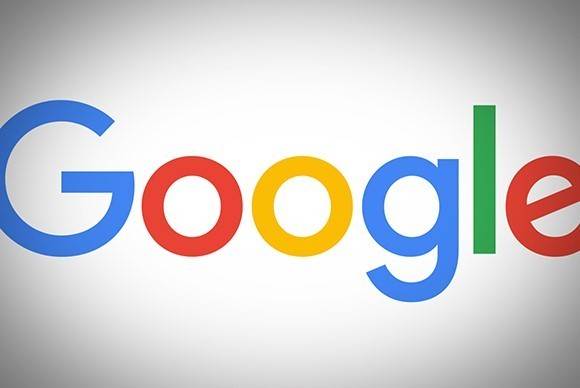Android and Chrome OS use the Linux kernel, but Fuchsia doesn’t.
Google is developing a new operating system named Fuchsia, and the early source code is already public. Google itself and Fuchsia’s developers haven’t explained what the OS is for—but we can dig into the source code to learn more.
Pink + Purple == Fuchsia
Fuchsia is a new, open-source operating system being worked on by Google employees. “Pink + Purple == Fuchsia (a new Operating System),” reads the cryptic description on the project’s GitHub page. The source code is also available on GitHub, as well as on Google Source.
That’s it, though. While the project’s source code is available and we can see who specifically is working on it, there’s been no official announcement from Google or explanation from the individual developers as to Fuchsia’s purpose.
If no one’s ready to comment on it, why is it already public? As Google’s Brian Swetland reportedly explained on the project’s IRC channel: “The decision was made to build it open source, so might as well start there from the beginning.” From the same conversations, the developers report that the Fuchsia operating system is “currently booting reasonably well on Broadwell and Skylake NUCs and the Acer Switch Alpha 12, though driver support is still a work in progress.” Raspberry Pi 3 support is also coming soon.
Magenta, Escher, and Mojo
While there hasn’t been much news officially announced, here’s what we can glean from the available source code.
The Fuchsia operating system is based on Magenta. Magenta is a combination microkernel and set of user-space services and hardware drivers. This is a big departure from Google’s use of the Linux kernel across both Android and Chrome OS.
Fuchsia includes Escher, a “physically based renderer” that provides volumetric soft shadows, color bleeding, light diffusion, and a lens effect. This suggests that Fuchsia won’t be just a bare-bones embedded operating system, but will be capable of providing graphical user interfaces.
It appears that Mojo is the application framework and runtime for applications. The primary programming language for Fuchsia seems to be Google’s own Dart.
What’s it for?
While Fuchsia is an extremely interesting project, any speculation that Google is on the verge or replacing Android and Chrome OS with Fuchsia is unfounded and way too early. Even if this was the long-term goal for the project, it will likely take quite a few years before anything is ready for a consumer release. We should be hearing a lot more about Fuchsia from Google in the future, and it’ll be interesting to see what plans Google has up its sleeve.







